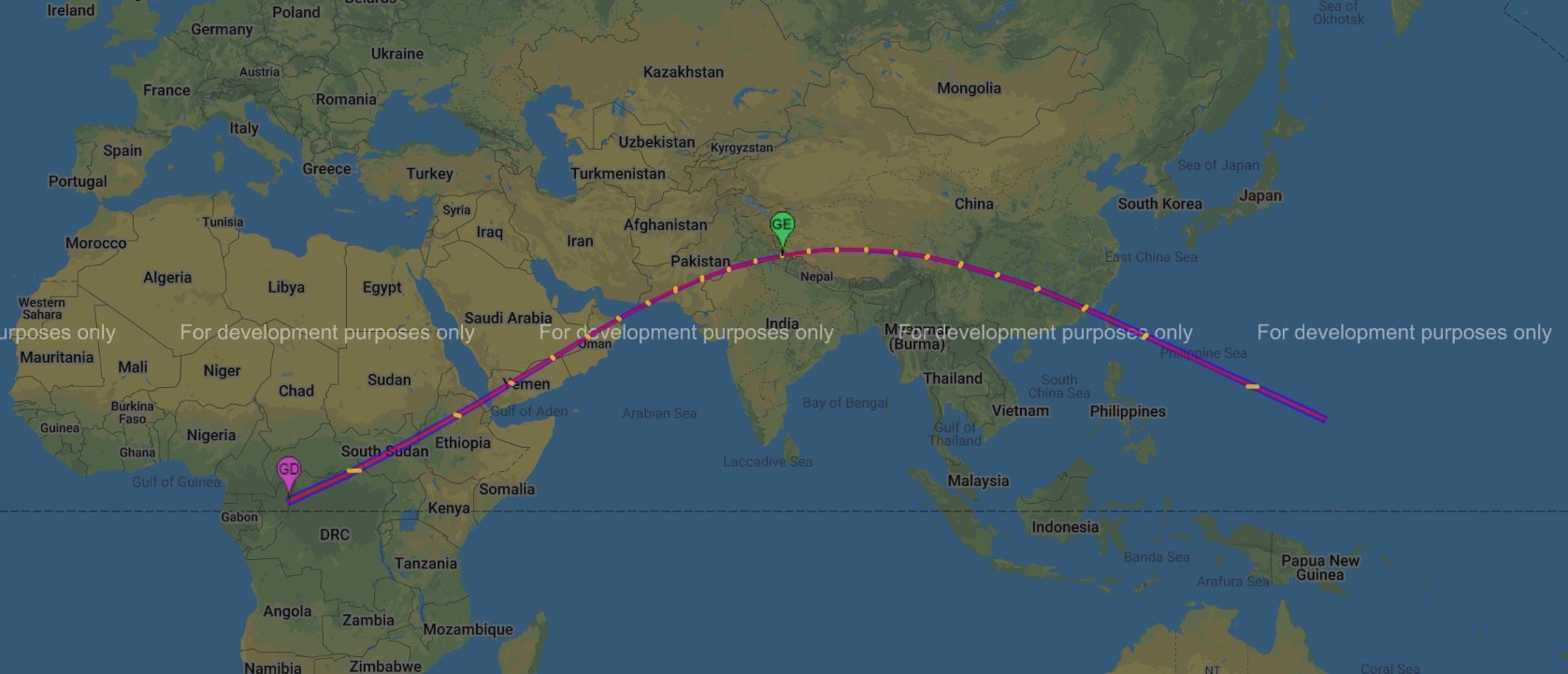Solar eclipse 2020: Rare Summer Solstice ‘ring of fire’ takes place this week
Annular eclipse coinciding with longest day of the year will not happen again until 2039
A rare type of solar eclipse will coincide with the longest day of the year this week, marking only the second time since 1982 that these astronomical events take place on the same day.
The annular solar eclipse will see the Sun, Moon and Earth align on Sunday, 21 June, creating a spectacular effect for sky gazers to witness across large parts of the world.
The Moon is at its furthest stage of its orbit around the Earth, known as its apogee, meaning it appears slightly smaller in the sky.
This means it is not able to completely block out the Sun, thus creating what some astronomers refer to as a "ring of fire".
At its maximum point of total eclipse, the Moon will block approximately 99.4 per cent of the Sun, though this will only last for a fraction of a second.
Nasa has mapped the trajectory of the annular solar eclipse, which sees its path pass over the Democratic Republic of Congo, South Sudan, Ethiopia, Eritrea, Yemen, Oman, Pakistan, India, Nepal, China, Taiwan and Guam.
The eclipse will not be visible for people in the southern hemisphere, nor in more northerly latitudes like the UK.

It will also be impossible to view from North America, while travel restrictions due to the coronavirus pandemic mean that people will be unable to fly to locations where it will be visible.
For those unable to see it in person, Timeanddate.com will be hosting a live stream of the eclipse on its website.
The eclipse occurs on the day that the Sun is at its most northerly point during the year, known as the Summer Solstice in the northern hemisphere and the Winter Solstice in the southern hemisphere.
For those north of the equator, the solstice is the longest day of the year and is often celebrated by watching sunrise or sunset.
In the UK, the sun will rise at 4.43am and set at 9.22pm, meaning people will enjoy 16 hours and 39 minutes of daylight.
More northerly latitudes will experience 24 hours of daylight, including regions of Canada, Greenland, Norway, Sweden, Finland and Russia.
It is the first time since 2001 that the solstice coincides with a solar eclipse, and will not happen again until 2039.
Join our commenting forum
Join thought-provoking conversations, follow other Independent readers and see their replies
0Comments